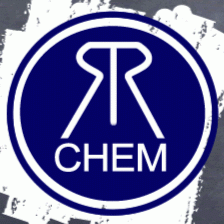How does a solution differ from a heterogeneous mixture?
1 Answer
It appears the same throughout.
Both are considered mixtures - that is, they are made up of two or more pure substances. So if we were to look at these substances at the particle level, we would observe that these substances are made up of different particles.
The difference is the appearance at the macroscopic level (the level we see it at). A heterogeneous mixture appears to be made of different substances. A solution appears the same throughout. In the fluid phase (gas or liquid, or any combination of those) a solution is transparent (thought not colourless). A solid solution (like bronze) will obviously not be transparent.
Note that there are heterogeneous mixtures like milk, that appear the same throughout. However, remember that milk is not transparent so it should not be classified as a solution, and it is not. It is classified as a colloidal suspension as there are fine fat globules suspended in a water-based solution.

